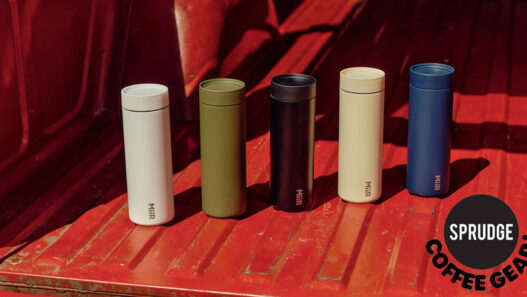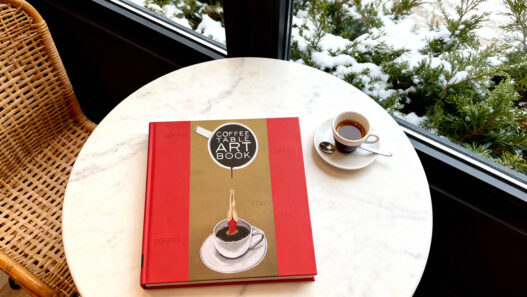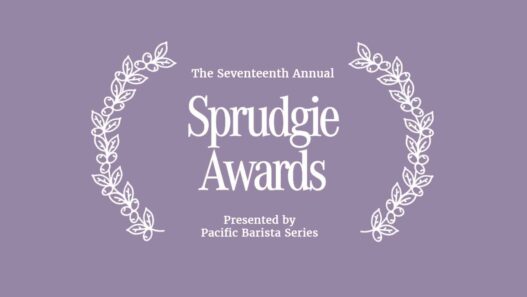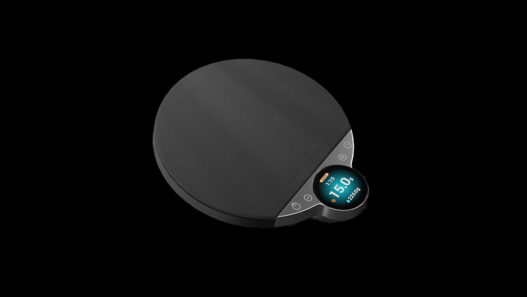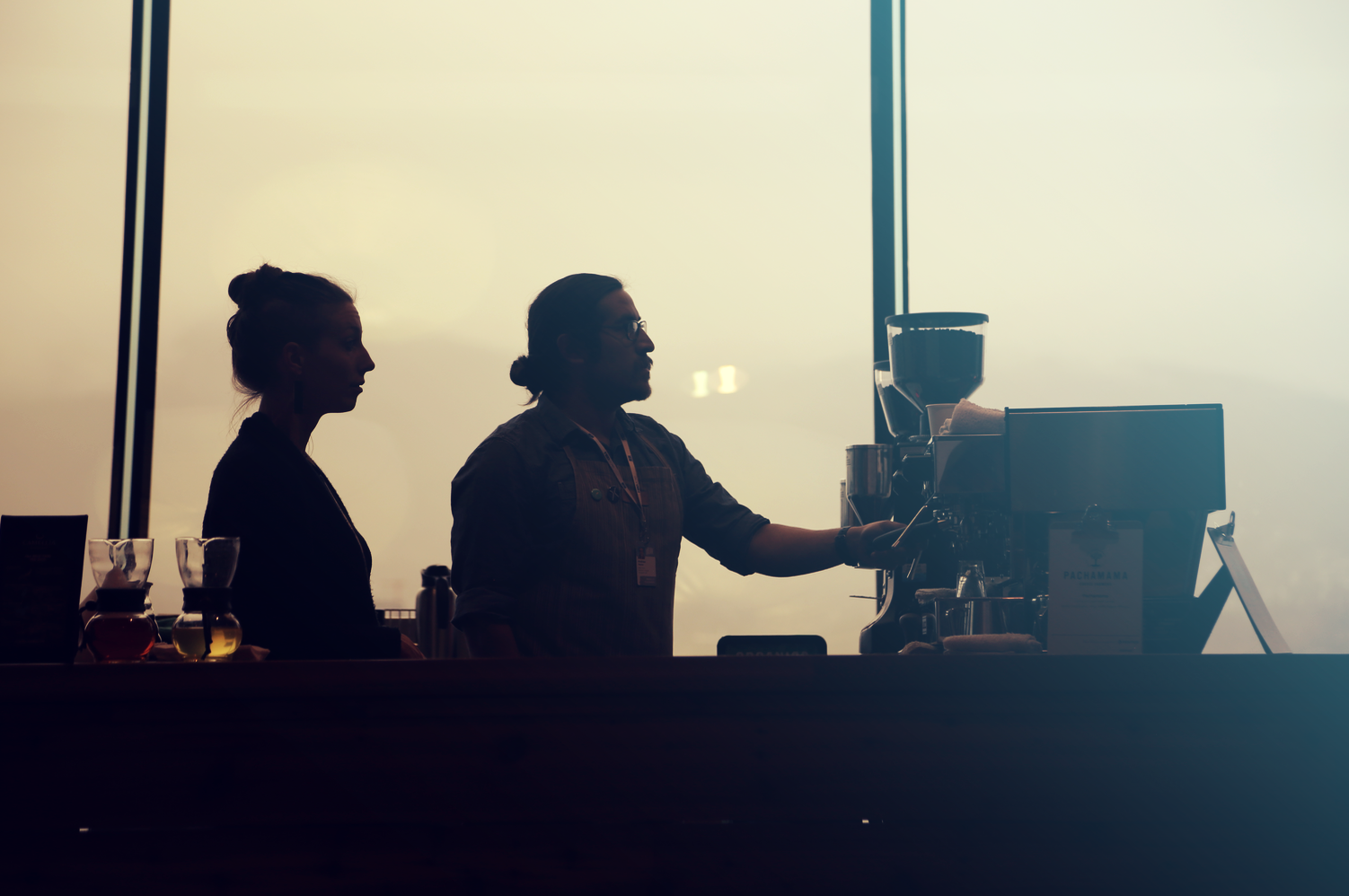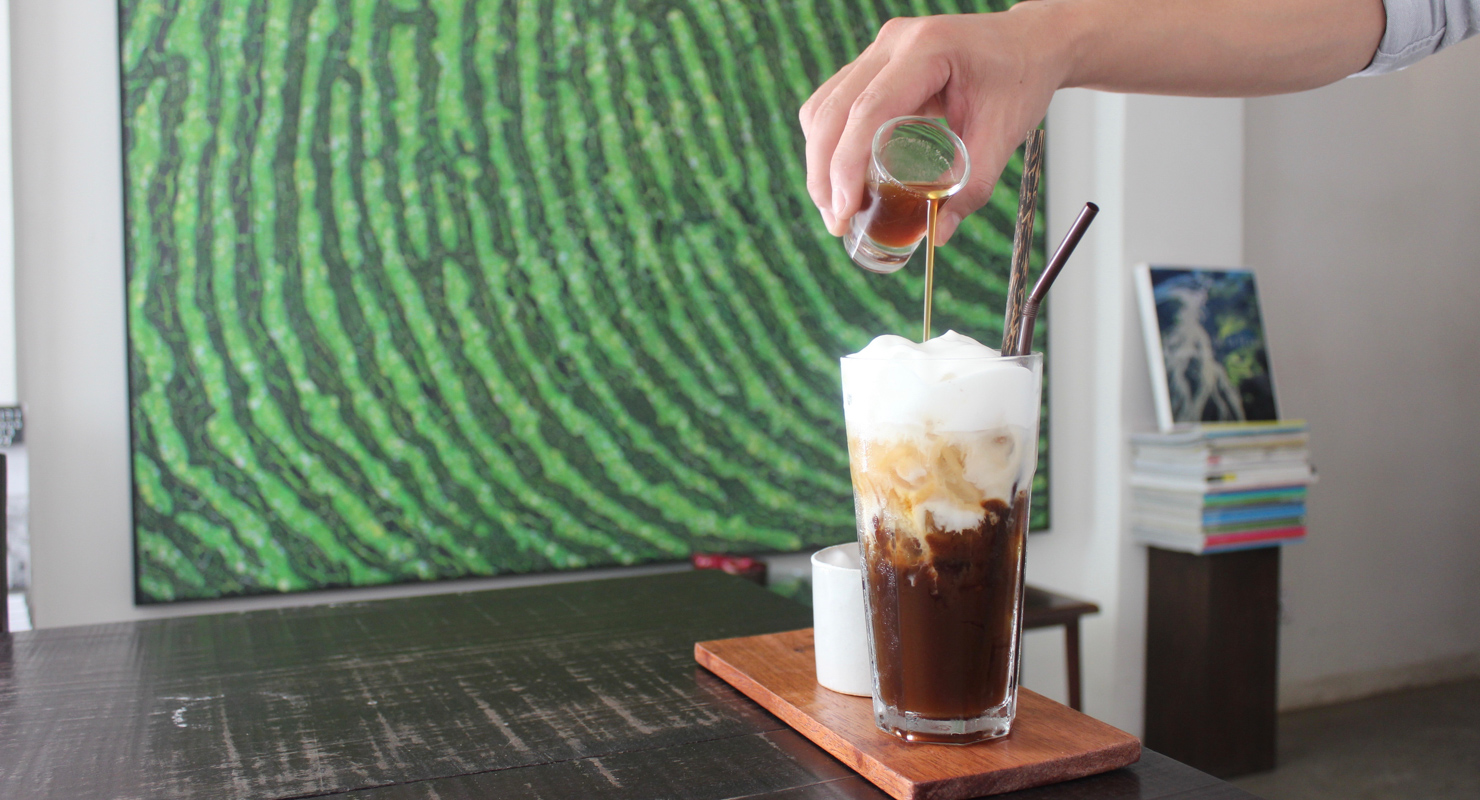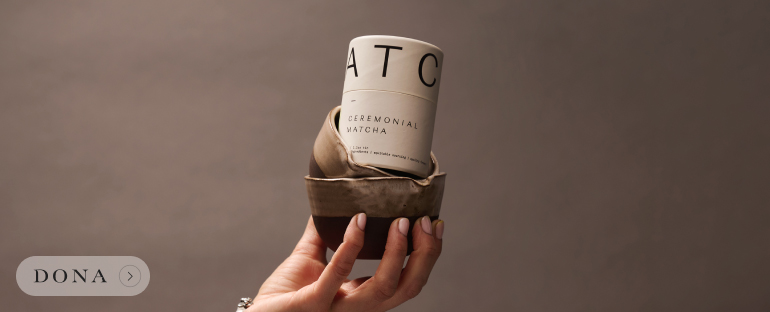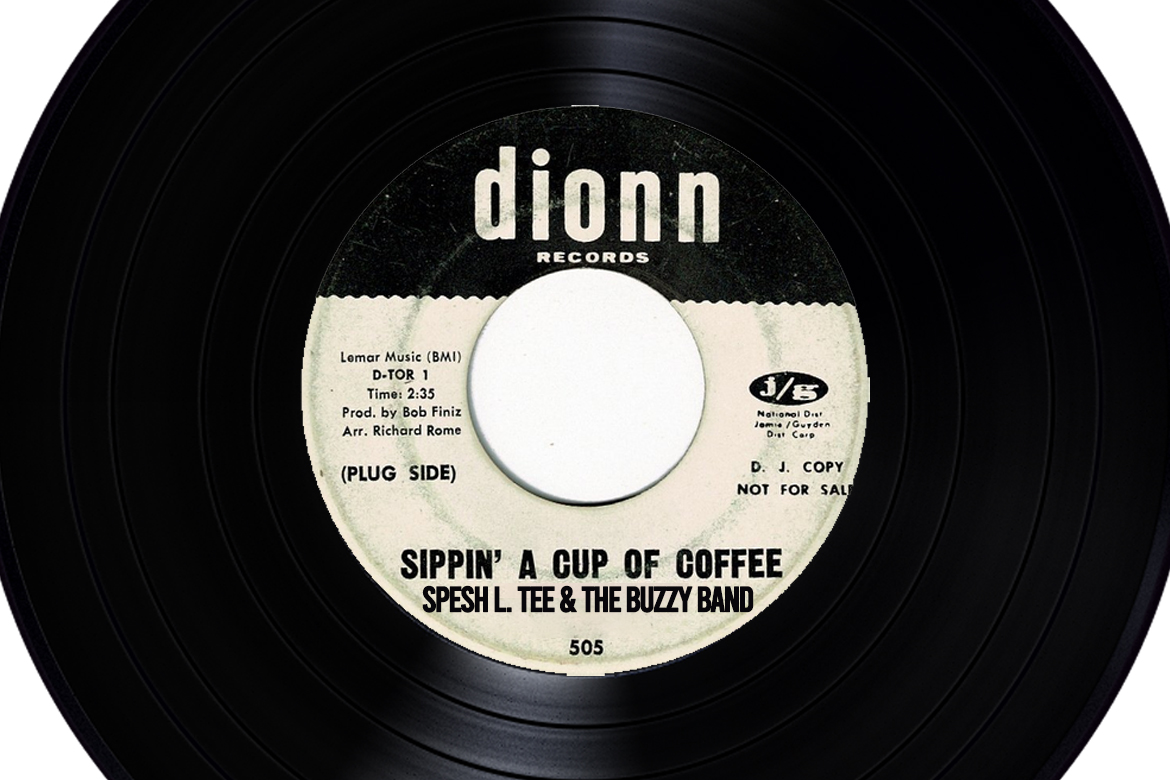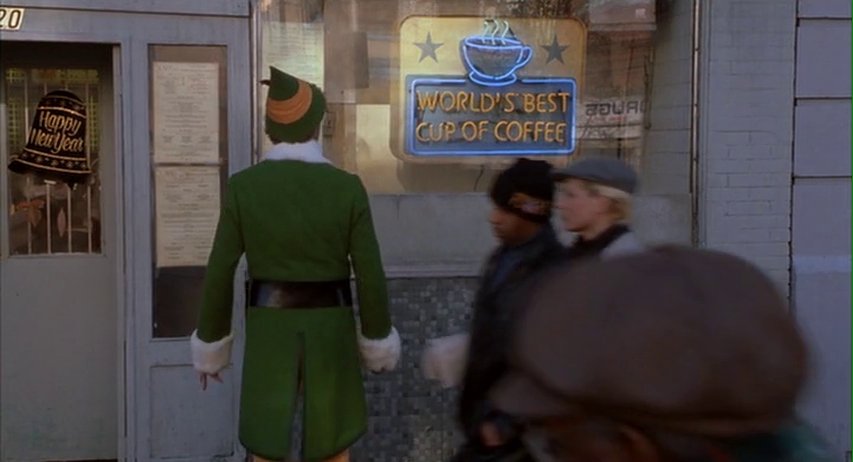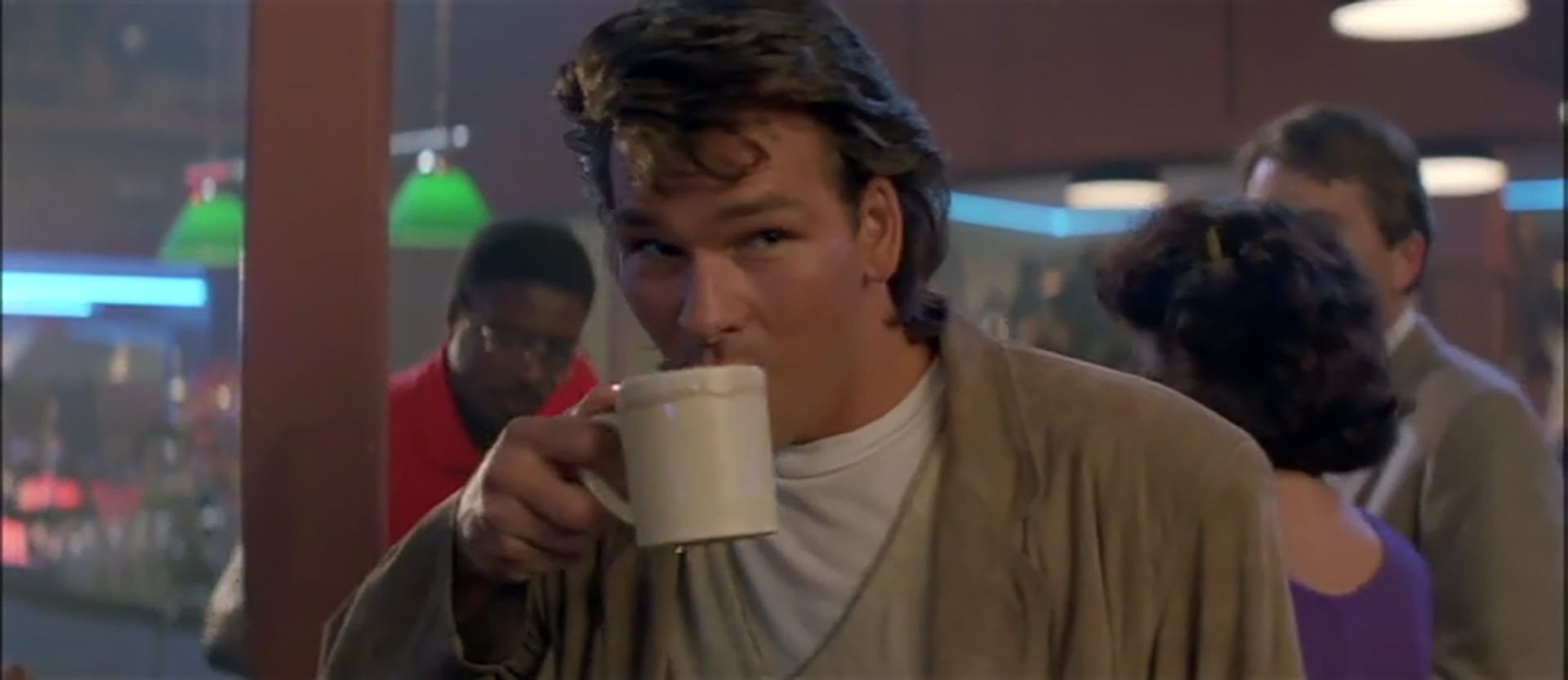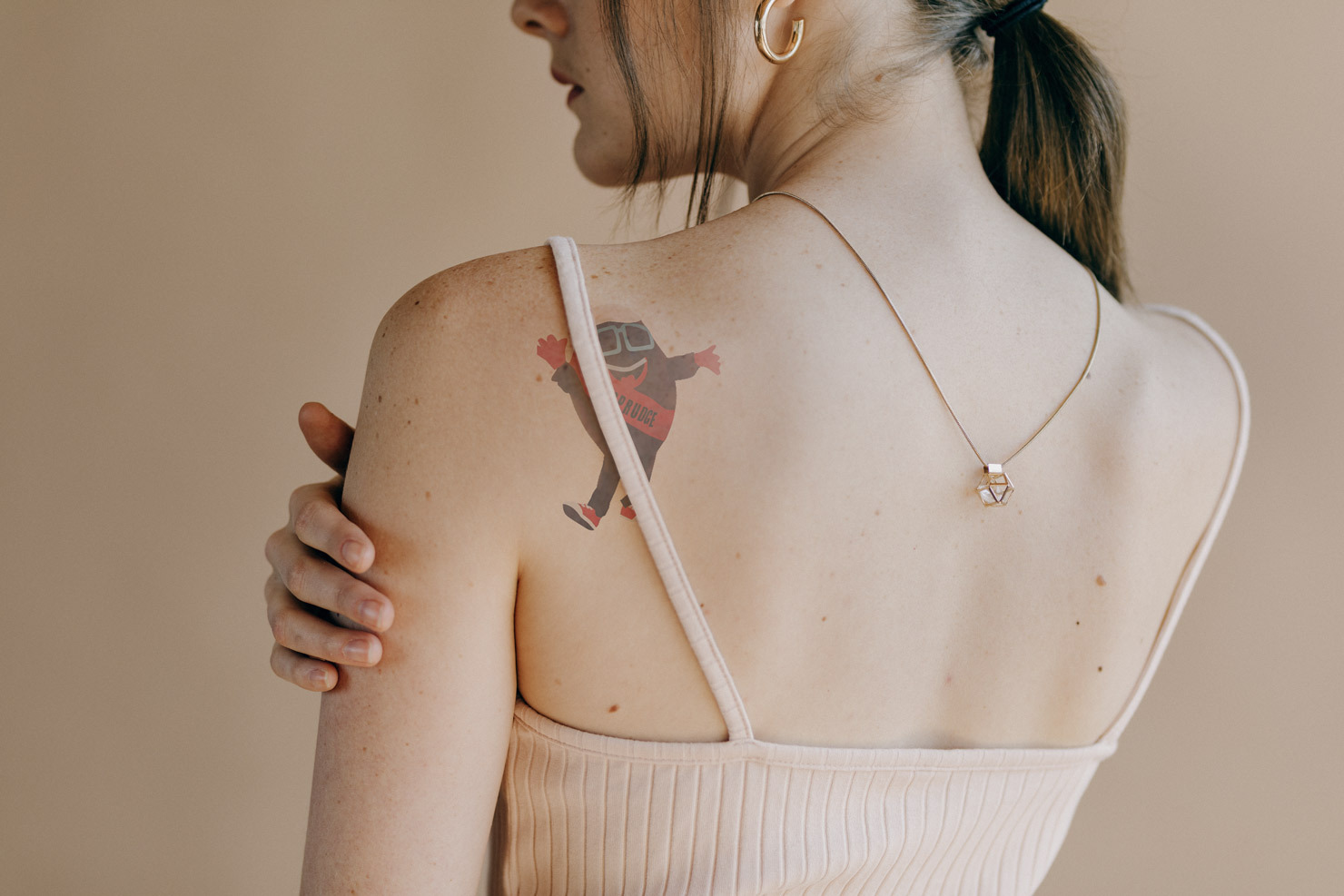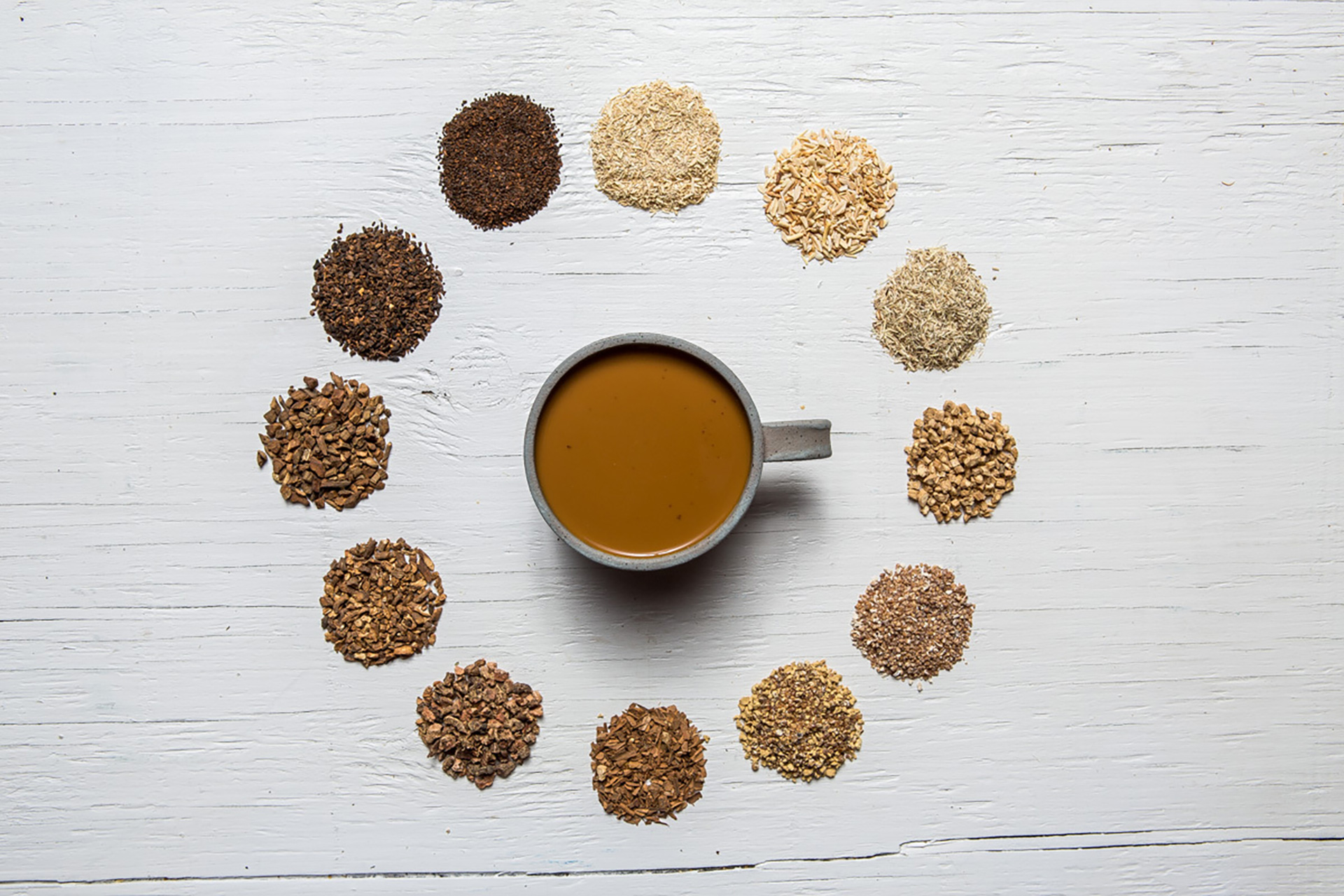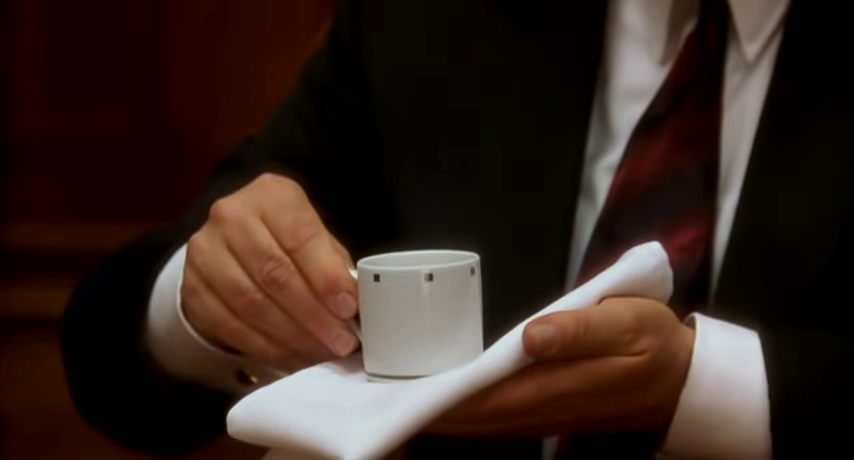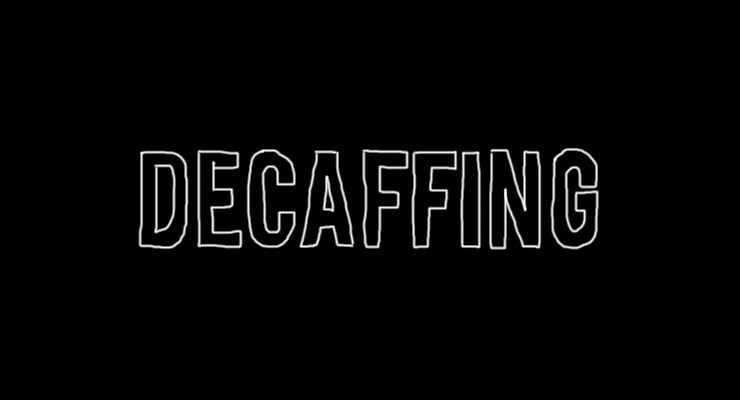
I have a confession to make. Today I work in the corporate world, but in years past I was a barista, and during that time—when pushed to the brink—I engaged in the dark art of “decaffing” customers.
Yes, I have gone against the code of customer service to expressly, and covertly, betray the order of a valued guest, replacing what they believed to be a luxurious shot of fine, highly caffeinated espresso with a trick shot of caffeine-less decaf. I have knowingly, and with vengeance in mind, deprived a handful of customers their daily, or twice-daily, dose of coffee-produced energy.
Thinking back now, I want to acquit myself at least in part by saying that anyone I decaffed damned well deserved it. This move was reserved for the very worst type of customers, needy bullies who had, in my mind, long ago foregone the politeness that should be afforded to anyone in the service industry. These are the customers who might, say, whistle at a barista as if they were a dog, or pour a beverage on the floor if it wasn’t up to snuff before demanding another. My colleagues and I (I won’t name the cafe) kept the power of decaffing in our back pocket as a revenge tactic, a deserved punishment for those who saw us as little more than coffee-making robots.
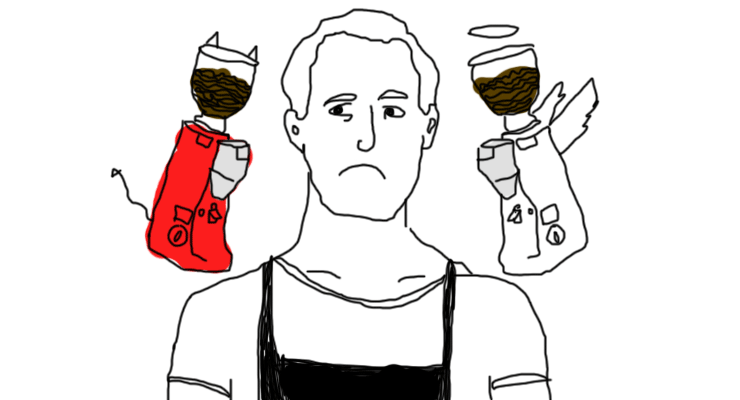
In the years since, I’ve oftentimes wondered: how widespread is this practice? At the time it felt like I and my colleagues had invented this particularly devilish form of passive aggressive comeuppance, but surely that was not the case. Fifteen years ago, when I was dropping a shot of decaf into an offending customer’s beverage, how many other people around the world were doing exactly the same dirty deed? Coffee has some far since the early 2000s; has this dark practice made the journey alongside? Was decaffing, in this day and age, still in fact a thing?
I had to know more. For starters, I chatted with the baristas at my own everyday local coffee shop, the wonderful Linea Caffe in San Francisco. And though there were knowing chuckles and smirks, none of them could remember (or cop to on the record to a Sprudge reporter) a specific moment where they’d replaced espresso with decaf. Bad customers they could remember, sure, but doling out unknown punishment? Certainly not. But maybe my baristas were the good ones, the type to simply grin and bear it through whatever tirade was taking place in front of them. Or maybe Linea is the kind of place that attracts polite, respectful, in-the-know patrons, the sort who would never earn a decaffing in the first place. Regardless, one cafe does not nearly constitute enough of a sample size: I would have to gather more information,
The next person I spoke with was Eric Grimm, a barista at Everyman Espresso and fellow Sprudge contributor. Grimm was stunned not by the fact that out in the wild world of specialty coffee, people were decaffing customers, but rather that this was the most creative solution that baristas had come up with. “As someone who serves medium-rich assholes on a daily basis,” Grimm told me, “I think there are people who deserve some sort of punishment. It just needs to be better than decaffing. We’ve got to be more clever and diabolical than that. You have to NAIL revenge, and decaf ain’t cutting it.”
He continued, “Do you remember the episode of South Park where Cartman kills his bully’s parents and serves them to him at his birthday? You need to find the coffee equivalent of that.”
Harsh words, and definitely the context I was looking for to assuage my long-held guilt. Maybe decaf deception isn’t the worst thing a bad customer could merit, but if so, I wondered, what would a customer have to do to incur a barista’s wrath—and Grimm’s specifically? “A customer would have to be reprehensible enough to make my blood boil,” he told me, “Like ordering a skim macchiato while talking with someone on the phone about how they’re not really THAT wealthy.”
Elsewhere in the East Village, Ninth Street Espresso founder and Manhattan coffee legend Ken Nye hadn’t even heard of the term. “Sounds like a possible extreme health trend… perhaps a colonic sub-category,” he told me, before going on to denounce the concept. “I think it’s a very bad idea.”
Nye sees it as more than just a unspoken practical joke played on an offending coffee consumer. “In essence, someone is messing with a food product that you intend to consume. Rather heinous if you ask me.” When asked what he would do if he ever caught one of his many baristas engaging in the practice, Nye said, “I would advise that any barista that intends to do this should have a great dental plan and a lead on another line of work.”
Across the board, those I spoke to in the upper realms of coffee—shop owners, roasters, etc.—seemed entirely put off by the drink-switching practice. Rafael Vizcaino of San Francisco’s Chapel Hill Coffee—a cafe that does not serve decaf in the first place—argued that the antics of a bad customer should only be met with kindness “Best way to deal with obnoxious customers,” he said, “is to smile with indifference.” Ariana Akbar of San Francisco’s Hearth Coffee deals with bad customers like any respectable shop owner: “We reserve the right to refuse service to anyone, that includes highly strung-caffed-out crazies,” she said, comparing a bad customer to a drunk at a bar pawing at the counter for another shot of cheap whiskey. “If a person exhibits a similar behavior, it’s probably time to cut them off. It might be better to refuse service than force a decaf on them.”
Upon reflection, the act of decaffing does seem a tad immature, but more than anything, it seems ineffective. Worst of all, punishing bad behavior with something a customer may not even know about (and could still taste delicious) doesn’t really pass along the message that acting like a douchebag has consequences. Bad customers, from my personal experience, don’t know that they’re bad customers, they’re just people acting like they think a customer should act, or like they act in any other situation. And if they do know, if they continue to harass and cajole and fail to express any sort of humanity whatsoever in the simple act of asking another human being to make them a coffee beverage, then, hell, maybe Grimm is right: a little less caffeine just isn’t enough.
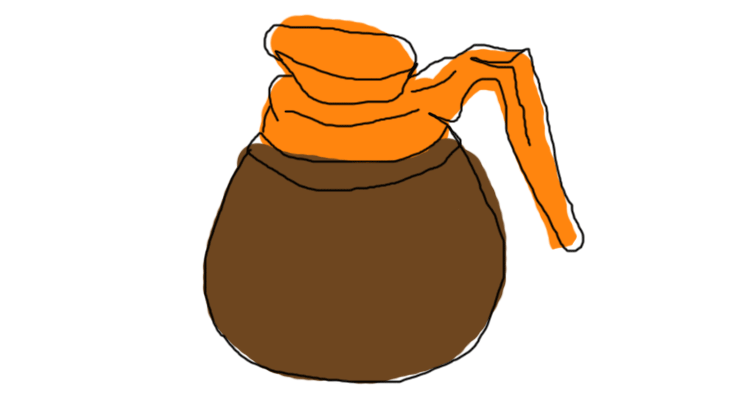
I can tell you this: the act of decaffing a noxious customer exists, despite the completely understandable fact that nobody would admit to doing it on the record. I’ve done it, and I know nameless others who have done it as well. But researching this article has helped cement for me just how much coffee has grown up since my time behind the bar. The people in charge nowadays seemed not just ignorant of the practice, but downright ashamed that it could happen in their industry. There is a professionalism and respect vibe running through each of the businesses and business owners I spoke with, and this might well be one of the defining characteristics of today’s New Wave coffee scene. I think a lot of people back in the late 90s and early 2000s were gleefully decaffing the shit out of unruly customers—I sure was—but today that joke isn’t funny anymore.
Does that mean that baristas out there aren’t dropping a little decaf on occasion? Reply hazy, try again. But one thing I am decidedly sure of is that you, as a respectful class of coffee drinking human reading this website, have absolutely nothing to worry about. Just keep treating your baristas like people, not robots; drop a dollar into the old tip jar; say please and thank you; and generally comport yourself in a way that shows respect and kindness. It’s not a lot, but it’ll make all the difference.
Noah Sanders (@sandersnoah) is a Sprudge.com staff writer based in San Francisco, and a contributor to SF Weekly, Side One Track One, and The Bold Italic. Read more Noah Sanders on Sprudge.




